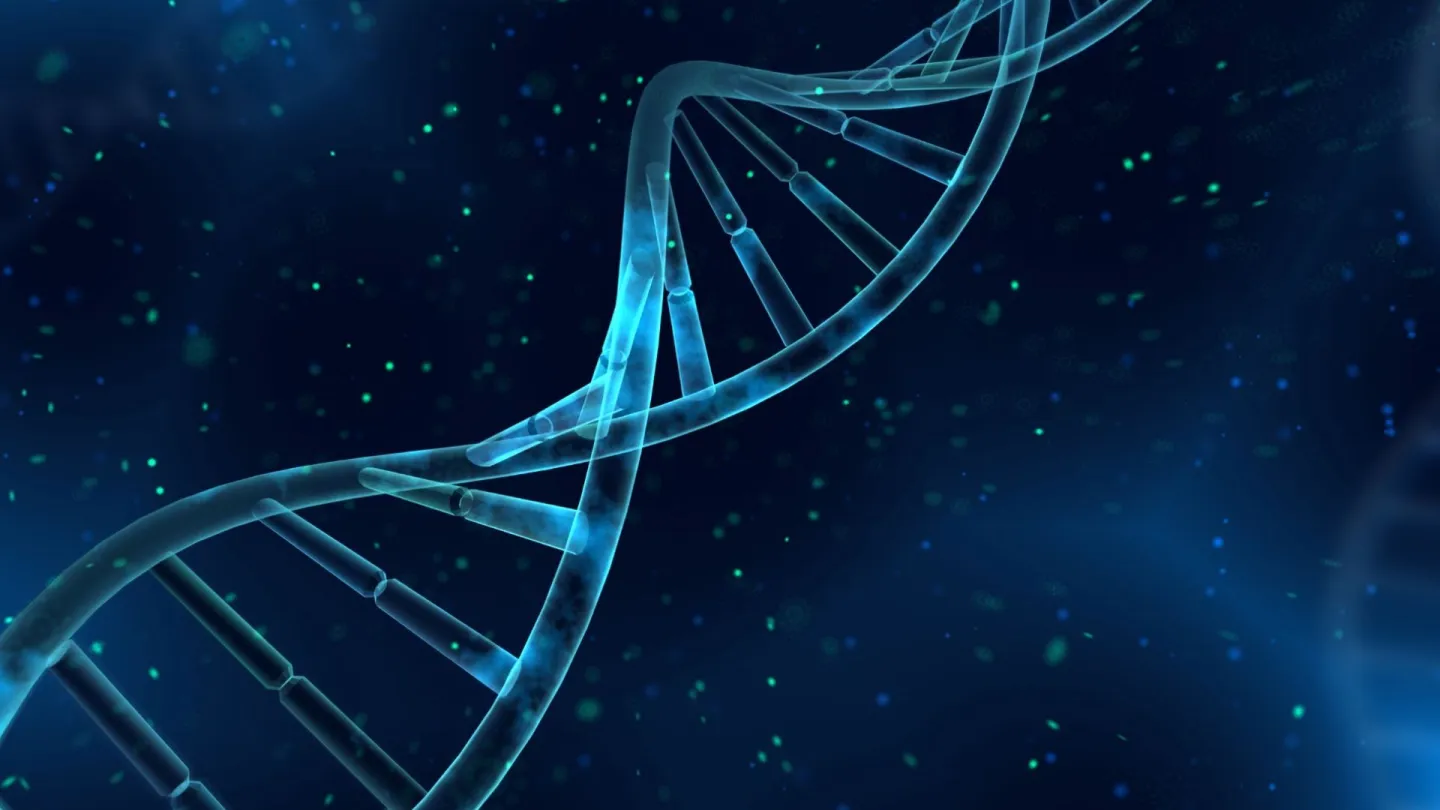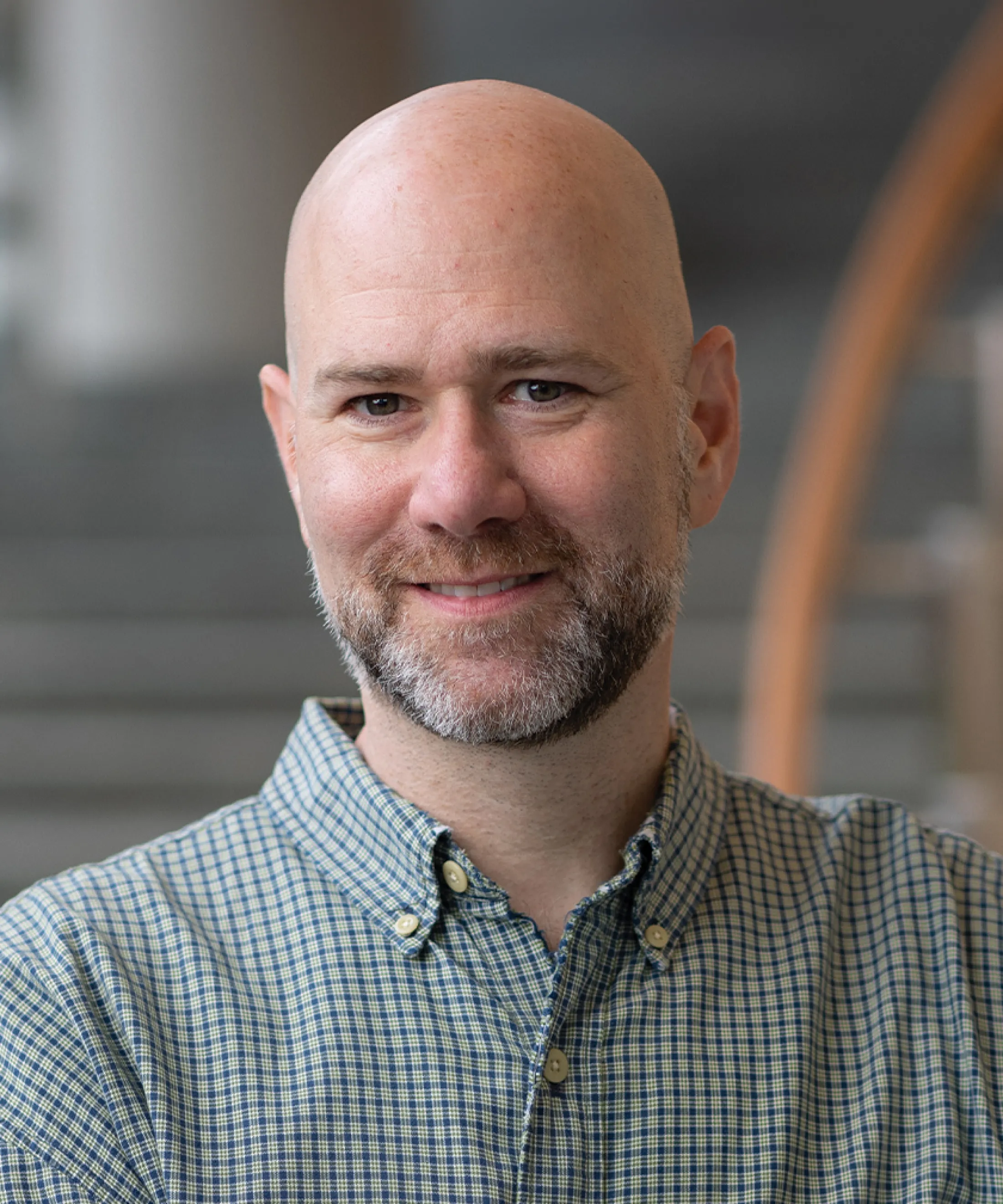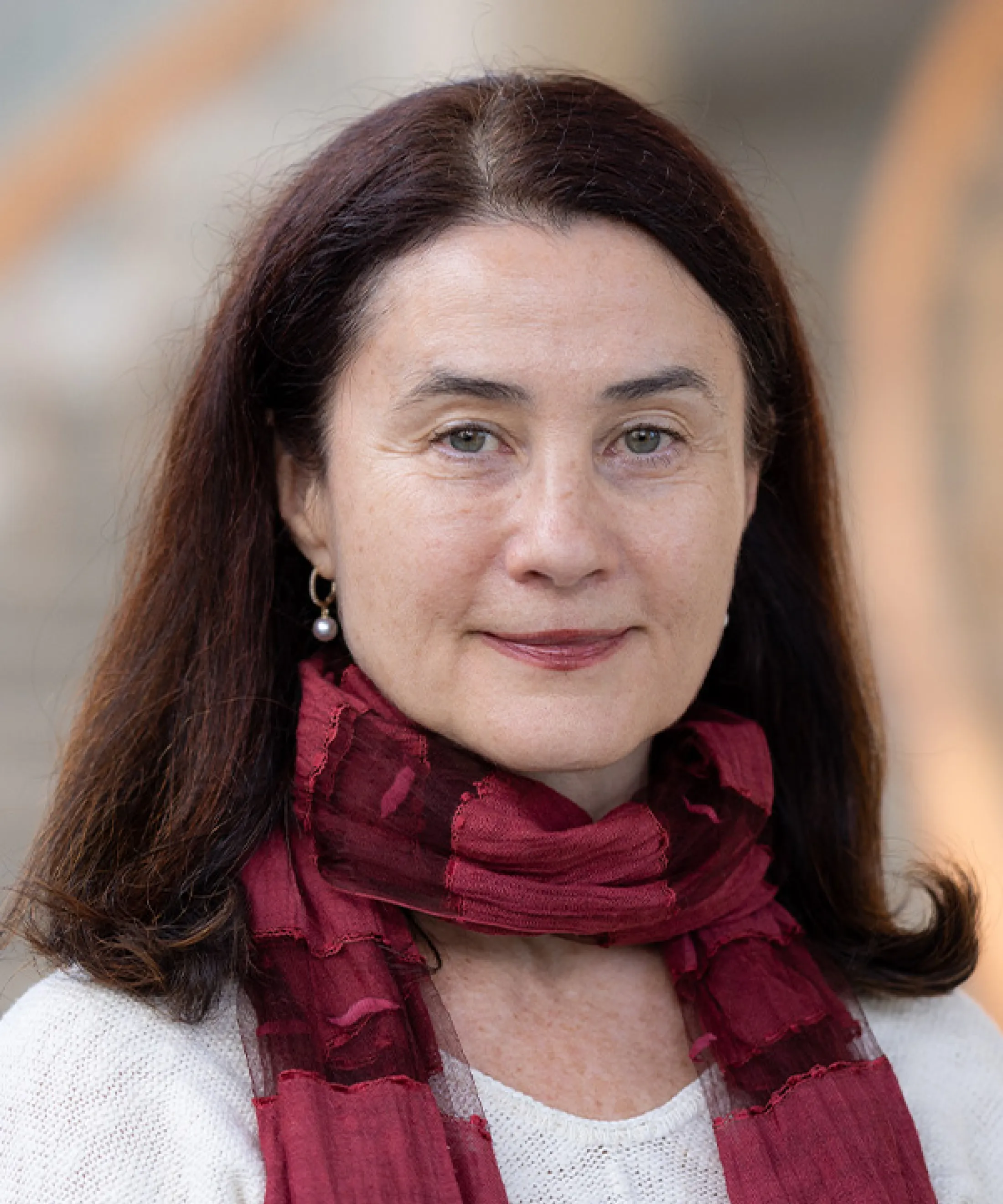Welcome to the CEO Laboratory
The CEO lab is the joint laboratory of Drs. John Condeelis, David Entenberg, and Maja Oktay. We have pooled the resources of our independent laboratories together in order to create a “vertically integrated” laboratory capable of making significant advancements in basic, translational, and clinical research. The combined expertise of the laboratory spans physics, engineering, molecular and cell biology, mouse models, cancer biology, metastasis, digital pathology, and retrospective and prospective clinical trials. This creates a unique environment where innovations have immediate biological applications, and clinical needs drive new engineering developments.
Dr. John Condeelis
Professor, Department of Cell Biology
Dr. David Entenberg
Associate Professor, Department of Pathology
Dr. Maja Oktay
Professor, Department of Pathology





